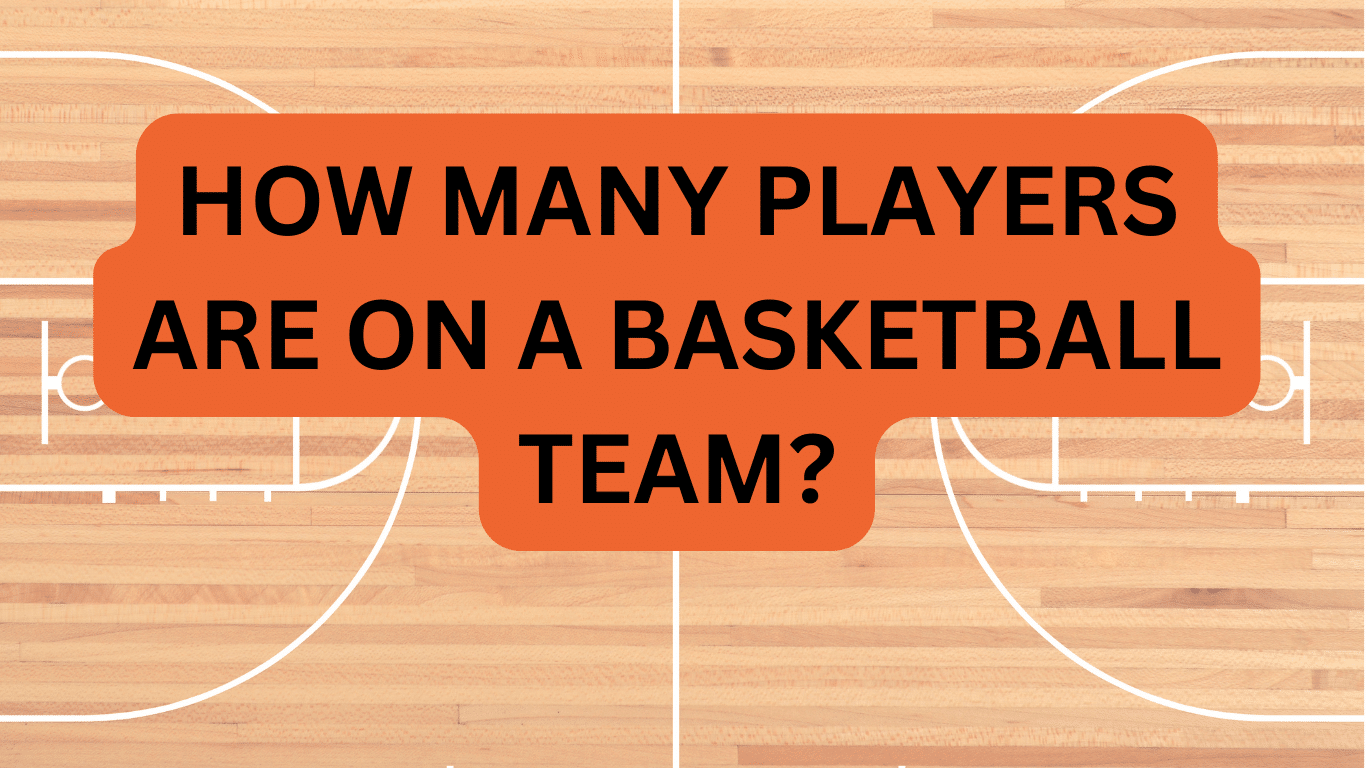Basketball is a popular sport that is played by millions of people around the world. It is a fast-paced game that requires skill, strategy, and teamwork. One of the most basic rules of basketball is the concept of quarters. In this article, we will explore how many quarters are in basketball and what this means for players and fans of the sport.
To begin with, it is important to understand what quarters are in the context of basketball. A quarter is a period of time during a basketball game that lasts for 12 minutes. Each game is divided into four quarters, which means that the total length of a basketball game is 48 minutes. This is different from other sports such as football or soccer, which have two halves or periods instead of quarters.
Knowing how many quarters are in basketball is important for several reasons. First, it helps players and coaches to pace themselves during the game. They need to be aware of how much time is left in each quarter so that they can adjust their strategy accordingly. Additionally, fans of the sport need to know how long each game will last so that they can plan their viewing schedule. Overall, understanding the concept of quarters is essential for anyone who wants to fully appreciate the game of basketball.
Understanding Quarters in Basketball
Basketball is a game that is divided into four quarters, each lasting for 12 minutes. In total, a game of basketball lasts for 48 minutes. The clock stops when there is a timeout, foul, or when the ball goes out of bounds.
During each quarter, the teams switch sides on the court. This is to ensure that neither team has an advantage due to the position of the sun or any other external factors.
At the end of the first and second quarters, there is a break of two minutes. At halftime, there is a break of 15 minutes. At the end of the third quarter, there is another two-minute break.
If the game is tied at the end of the fourth quarter, there will be an overtime period of five minutes. If the game is still tied after the first overtime period, another overtime period will be played until there is a winner.
It is important to note that in college basketball, the game is divided into two halves instead of four quarters. Each half lasts for 20 minutes, making the game a total of 40 minutes.
Understanding the quarters in basketball is crucial for both players and fans. It helps to keep track of the time remaining in the game and to understand the flow of the game.
Historical Context of Quarters in Basketball
Basketball has been played in various forms since the late 1800s, but it wasn’t until the early 1900s that the game began to take on its modern form. In the early days of basketball, games were typically played in two halves, with a brief intermission in between. However, as the game evolved and became more popular, the format of the game changed as well.
The introduction of quarters in basketball is often credited to the National Basketball League (NBL), which was founded in 1937. The NBL was one of the first professional basketball leagues in the United States, and it adopted a four-quarter format for its games. The four-quarter format allowed for more breaks in the action, which made the game more exciting for fans and also allowed players to rest and recover between periods.
Over time, the four-quarter format became the standard for basketball at all levels, from high school to professional leagues. Today, most basketball games are still played in four quarters, although the length of the quarters can vary depending on the level of play. In the NBA, for example, each quarter is 12 minutes long, while in college basketball, each quarter is 10 minutes long.
The introduction of quarters in basketball has had a significant impact on the game. It has made the game more exciting for fans, and it has also allowed for more strategic play on the part of coaches and players. By breaking the game up into shorter periods, coaches can make adjustments more easily, and players can focus on playing hard for shorter bursts of time.
Overall, the adoption of quarters in basketball has been a positive development for the game. It has helped to make basketball one of the most popular sports in the world, and it has also made the game more enjoyable for fans and players alike.
Duration of Each Quarter
Each quarter in basketball is 12 minutes long, making the total length of a regulation game 48 minutes. The clock is stopped during certain situations, such as timeouts, fouls, and when the ball goes out of bounds. This can lead to games lasting longer than 48 minutes.
In professional basketball, there are typically four quarters, while in college and high school basketball, there may be two or four quarters, depending on the level of play.
It is important to note that in the event of a tie at the end of regulation time, there may be additional periods played until a winner is determined. In the NBA, for example, there is a five-minute overtime period in the event of a tie at the end of regulation. If the game is still tied after the first overtime, additional overtime periods are played until a winner is determined.
Overall, the duration of each quarter in basketball is an important aspect of the game, as it determines the length of the game and how much time each team has to score points and win the game.
Breaks Between Quarters
Basketball games are divided into four quarters, each lasting 12 minutes. In between each quarter, there are breaks that allow players to rest and coaches to adjust their strategies.
The length of the breaks between quarters varies depending on the level of play. In professional basketball, the breaks are typically longer than in college or high school basketball.
During these breaks, players are allowed to leave the court and rest in the locker room or on the bench. Coaches often use this time to discuss their game plan and make adjustments based on the performance of their team and the opposing team.
In addition to the breaks between quarters, there is also a longer halftime break that lasts for 15 minutes. During halftime, players have more time to rest and coaches have more time to make adjustments and give their team a pep talk.
Overall, the breaks between quarters and halftime are important parts of the game that allow players and coaches to rest and strategize.
Overtime Rules
In basketball, an overtime period is played when the game is tied at the end of regulation time. The overtime period is five minutes long, and if the score remains tied at the end of the first overtime period, additional overtime periods are played until a winner is determined.
During overtime, the rules of the game remain the same as during regulation time, with a few exceptions:
- Each team is allowed one additional timeout per overtime period.
- Team fouls reset to zero at the start of each overtime period.
- The possession arrow is reset at the start of each overtime period.
If a player fouls out during overtime, the team is allowed to replace that player with a substitute, as long as they have not used all of their available substitutions.
Overtime periods can be incredibly intense, as both teams are fighting for the win. The pressure is high, and every possession matters. Fans can expect to see some of the most exciting basketball during overtime periods, as players give it their all to secure the victory.
Basketball Leagues and Their Quarter Rules
Different basketball leagues have different rules when it comes to the number of quarters played in a game. Here are some of the most popular leagues and their quarter rules:
NBA
The National Basketball Association (NBA) is the most popular and well-known basketball league in the world. In the NBA, each game is divided into four quarters, each lasting 12 minutes. This means that a regulation game lasts 48 minutes.
FIBA
The International Basketball Federation (FIBA) is the governing body for basketball worldwide. In FIBA games, each game is also divided into four quarters, but each quarter lasts only 10 minutes. This means that a regulation game lasts 40 minutes.
NCAA
The National Collegiate Athletic Association (NCAA) is the governing body for college sports in the United States. In NCAA basketball, each game is divided into two halves, each lasting 20 minutes. There is no separate quarter system in NCAA basketball.
High School
In high school basketball, each game is divided into four quarters, each lasting 8 minutes. This means that a regulation game lasts 32 minutes.
It is important to note that these are just the standard rules for each league, and there may be variations depending on the specific game or tournament. However, understanding the quarter rules for each league can help fans better understand the games they are watching.
Impact of Quarters on Game Strategy
The number of quarters in basketball has a significant impact on the game strategy of both teams. In professional basketball, games are typically divided into four quarters, each lasting 12 minutes. However, in college basketball, games are divided into two halves, each lasting 20 minutes.
The length of the quarters can affect the pace of the game, as well as the overall strategy of each team. For example, in a game with shorter quarters, teams may focus on playing a fast-paced, high-scoring game, as there are fewer minutes to work with. On the other hand, in a game with longer quarters, teams may focus on playing a more deliberate, defensive game, as they have more time to work with and can afford to take their time on each possession.
The number of quarters can also affect the way that coaches manage their players. In a game with longer quarters, coaches may be more likely to substitute players in and out of the game, as they have more time to rest their starters. In a game with shorter quarters, coaches may be more likely to stick with their starters for longer periods of time, as there are fewer minutes to work with.
Overall, the number of quarters in basketball can have a significant impact on the game strategy of both teams. Coaches must take into account the length of the quarters when developing their game plans, and players must adjust their playing styles accordingly.
Conclusion
In conclusion, there are four quarters in a basketball game, each lasting 12 minutes in the NBA and FIBA, and 10 minutes in NCAA and high school basketball. The quarters provide structure to the game, allowing for breaks and opportunities for coaches to make adjustments to their game plan.
During each quarter, teams aim to score as many points as possible while also preventing the opposing team from scoring. The team with the most points at the end of the game is declared the winner.
It is important to note that the length of quarters may vary in different leagues and tournaments, so it is always best to check the specific rules and regulations for each competition.
Overall, understanding the structure and rules of basketball is essential for players, coaches, and fans alike. With knowledge of the game, individuals can appreciate the strategy and athleticism involved, and enjoy the excitement of one of the world’s most popular sports.







